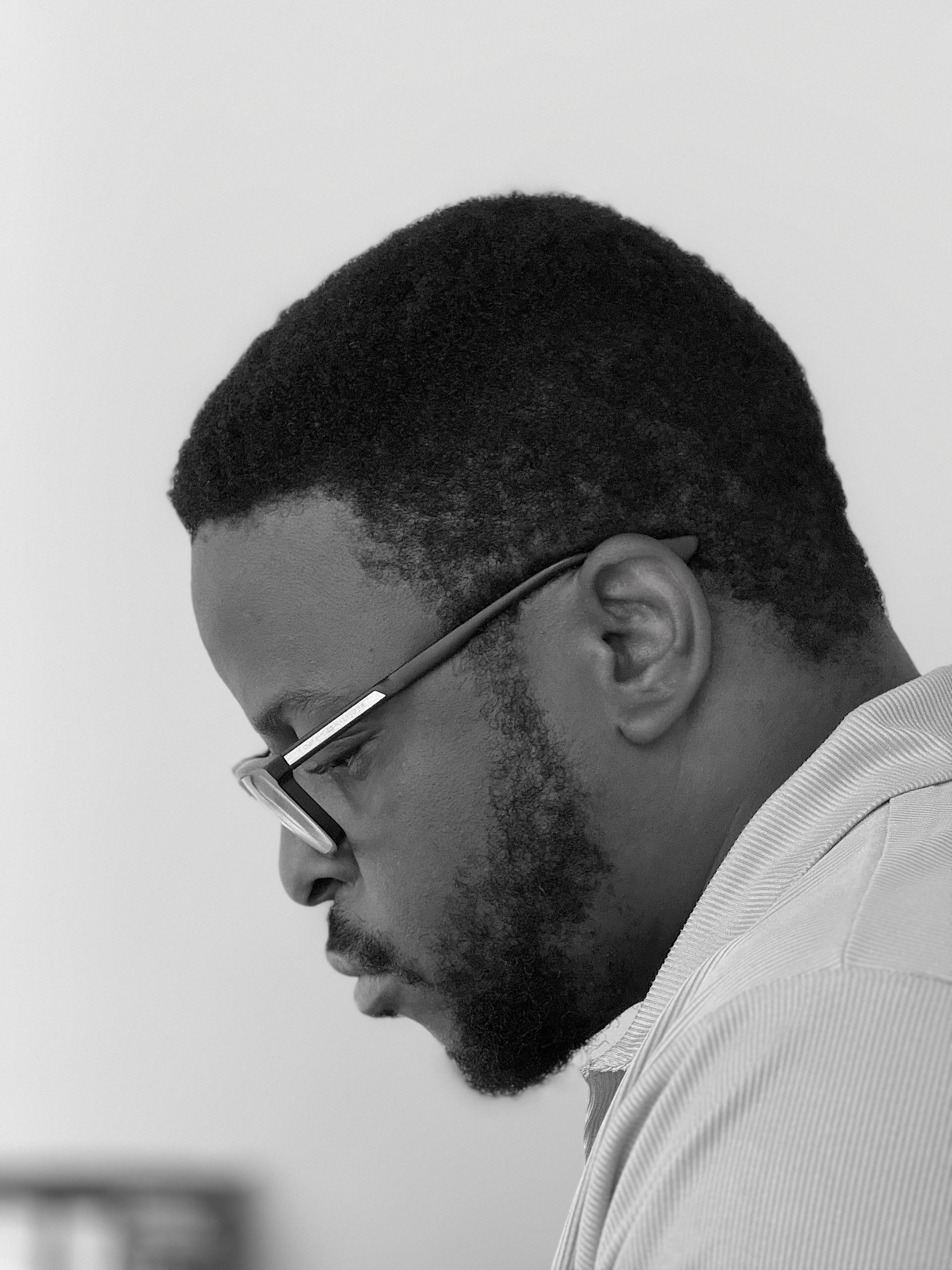When shooting in black and white, you're not just removing color—you're shifting the entire way you think about composition. Without the distraction of hues, viewers notice other elements more: light, shadow, texture, and, crucially, shape. One of the most powerful tools in a black and white photographer’s toolkit is strong composition through shapes and lines.
In this post, we’ll explore how paying attention to shape and composition can transform your monochrome shots into compelling visual stories.
Why Shape and Composition Matter More in Black and White
Color often draws attention first in a photograph. Once it’s stripped away, the image relies on its structure. Viewers begin to interpret mood and meaning from how the elements are arranged—the composition—and how the shapes interact.
This makes deliberate composition essential in black and white photography. A well-composed image can create tension, harmony, isolation, or intimacy—all without a single drop of color.
3 Composition Tips for Better Black and White Photography
- Use Strong Geometric Shapes
Squares, triangles, circles, and leading lines become more noticeable and impactful in black and white. A well-placed curve or diagonal line can guide the viewer’s eye and bring visual rhythm to your photo.
Tip: Urban environments are great for finding strong geometry—think staircases, windows, buildings, and street shadows. Frame your subject to highlight these shapes, using contrast to separate them from the background.
- Negative Space is Powerful
Negative space—areas of an image with little or no detail—can evoke feelings of isolation, minimalism, or peace. In black and white, these areas help emphasize your subject by reducing visual noise.
Tip: Compose your shot so that your subject occupies only a small portion of the frame, surrounded by empty space. Think of a lone tree in a foggy field, or a single figure walking down a vast street. Less really can be more.
- Simplify the Scene
The lack of color in black and white photography can actually lead to more complexity if you’re not careful—your eye picks up every texture and tonal variation. That’s why simplifying the scene through thoughtful composition is key.
Tip: Before you shoot, ask yourself: “What’s the subject here? What distracts from it?” Crop or reframe to eliminate unnecessary elements. A clean, intentional composition will resonate more deeply in black and white.
How to Practice Shape-Based Composition
Try shooting a series focused on one type of shape—circles, rectangles, or triangles. Use windows, wheels, signs, or shadows to explore how those shapes interact in your frame. You’ll start to train your eye to see differently—not in color, but in structure.
Editing for Shape Emphasis
When editing in a black-and-white app like Blark, pay attention to contrast and clarity settings to emphasize edges and define the geometry in your photo. You can also experiment with vignettes to draw the eye toward your subject, or crop for a cleaner, more balanced composition.
Tip: Try converting to black and white before adjusting exposure or contrast. This forces you to see the scene in tones and structure first, which helps in making more intentional edits.
Conclusion: Compose with Intention
In black and white photography, your composition isn't just a technical decision—it’s your language. Every shape, line, and space helps tell the story you're trying to capture. Mastering this visual language opens up a new world of storytelling, where emotion and form speak louder than color ever could.




